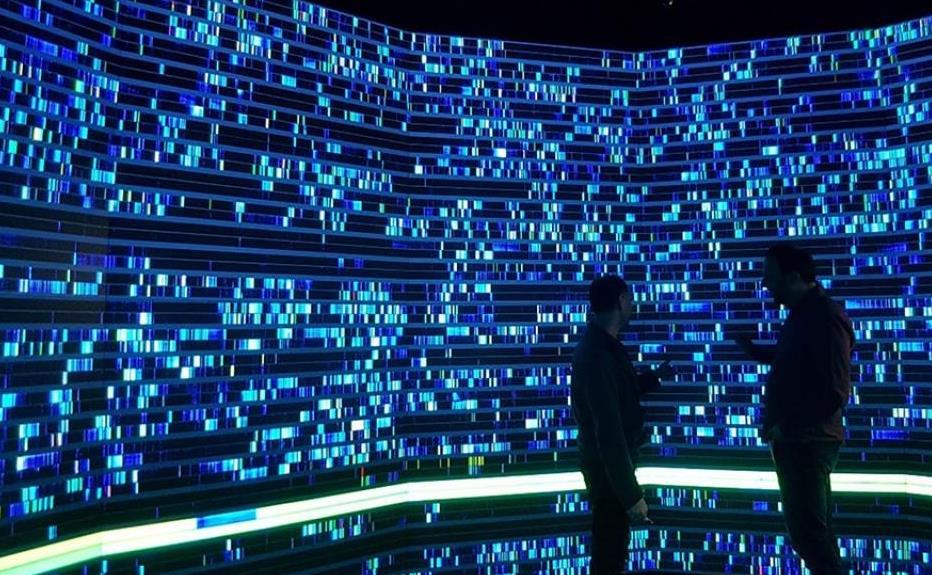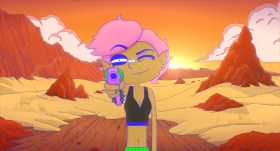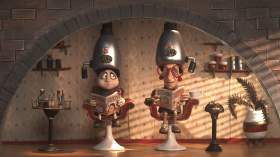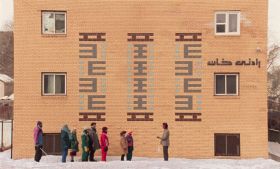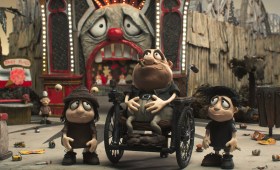Visualisation, simulation and immersive environments are increasingly transforming traditional production models into more agile and adaptable artistic practices.
To keep up pace and disruption, UNSW Art & Design have created a new degree for our post-digital age, one that bridges the traditional silos of the arts and sciences.
The Master of Visualisation, Simulation and Immersive Design will arm candidates to succeed across a wide range of industries by turning to a transdisciplinary design-driven skillset that marries creatives and technologists from the start.
Creating this degree required a different perspective on culture. UNSW Professor Keir Winesmith – who is also Chief Technology Officer with Old Ways, New, an Indigenous-owned social enterprise – believes this future workplace will need to be increasingly diverse, empathetic and alert to creative and human impact.
‘I would argue this degree isn’t leading the conversation; it’s responding to an industry ask, a student ask,’ said Winesmith. ‘If we are to leave shaping our world to the pure technologists, then it’s Facebook we end up with. This program seeks to create different sorts of technologically mediated futures.’
Last year, Winesmith was named in Fast Company’s 100 Most Creative People in Business, and is known for his work in social enterprise and digital product development. He has worked across the cultural sector and Silicon Valley (USA).
For Winesmith, the new degree fills a massive gap. Rather than studying five courses to reach this outcome, now it can be found in one.
‘Universities have not been producing the graduates I’ve needed to hire over the past 10 years. Mostly, I have ended up hiring someone with some of the skills and training them to fill gap. Or they come in as an artist and I have to train them up on the tech side, so they can deliver on the ideas.’
Winesmith doesn’t believe in hard boundaries and old-school divisions. ‘What we are doing is combining things that are usually kept separate. These things are more adjacent than we realise.’
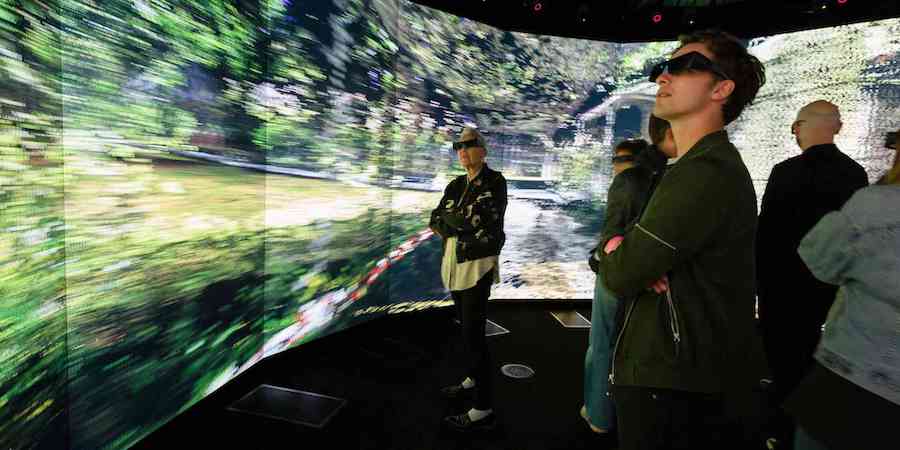 Parragirls, The Big Anxiety Festival. Photo: Nick Cubbin
Parragirls, The Big Anxiety Festival. Photo: Nick Cubbin
He believes that we need to take a more custodial role towards how technology can change our futures. He said that while there are less than ten courses in the world embracing this space, it is new territory for all of us.
‘What is exciting about this course is its very foundation is about bringing those disparate skills together in a single individual from the get-go, so that people can come out with a Master degree that says, I understand how the world is changing, but also says I think beyond just human-centered or user-centered design to the networks and systems that create that deliver those experiences.’
‘This is a genuine Master program,’ added Winesmith. ‘It is about making leaders who are ready to lead in a technology transformed world. I think we can animate the future workplace and that is really exciting – and it is incredibly timely.’
‘We are looking for people who embrace curiosity and resilience to do this course. We want people to bring an agenda with them, not a blank slate,’ said Winesmith.
‘Everyone will come in on a different trajectory, and we will be able to tailor their degree to industry specificity, that is we can tailor this Master to your work,’ he told ArtsHub.
Winesmith added that the University is aware the demands of working at a full-time executive level means that you can’t always give up two years for study.
This course is aimed at students coming through higher degree programs and undergrads looking to specialise and become experts in how immersive simulation may inform their practice.
Video: UNSW Art & Design.
‘It’s also for mid-career professionals who are witness to their industry changing around them and want to reskill to continue to lead. We expect it to be a very age-diverse group,’ said Winesmith.
It is key that people get in contact with UNSW if they are considering this degree.
‘We are very high touch at the moment, but also in that first year we will learn a lot and those working in this area can influence how this will be taught going forward.’
